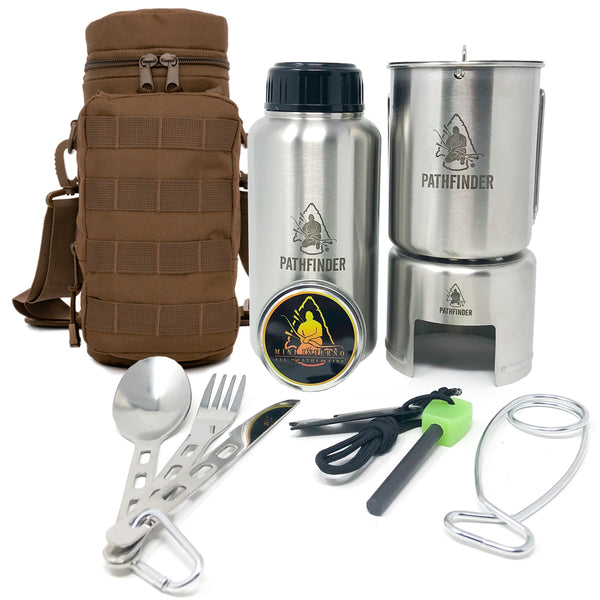
A bushcraft pot is a versatile tool that can be used for several purposes. Depending on what your needs are, you can use it for cooking and eating. Some bushcraft pots are made of stainless steel, Titanium, Copper, Zebra or other materials. Read on to learn about these different types of bushcraft pots and how you can use them. You can also find videos showing how to cook bacon on a billy tin or how to smoke meat over a firebox stove.
Stainless steel
One of the best things about Stainless steel bushcraft pots is that they're lightweight. While most pots are shaped for carrying and placing on a campfire, the Pathfinder School Bush Pot is lightweight and designed for hanging above the flames. The notch in the lid allows for easy pouring, but the shape of the lid causes spills. It also doesn't lock onto the pot tightly. If you plan on using your bushcraft pot over a campfire, you should have a tripod.
Titanium
Titanium bushcraft pots have many advantages, and this lightweight, corrosion-resistant, and super-efficient material can be a great choice for your cooking needs. The Titanium bushcraft pot is easy to clean and maintain, and it is also super lightweight. It can store up to 600 ml of water, making it a great choice for backpacking, hiking, or camping. Read on to learn more about the Toaks Titanium Bush Pot.
Copper
If you're going bushcrafting, one of the best things to have in your survival kit is a copper bushcraft pot. This durable pot is the perfect size to fit in your backpack, and it's easy to clean, too. Bushcraft pots have a rounded bottom, which disperses heat as it cooks. They also come with loop handles, so you can hang them over a campfire or tripod.
Zebra pots
The zebra bushcraft pot is a classic camping and bushcraft cooking pot that is tough, sturdy, and designed to withstand rough use. While the older models of these pots came with problematic plastic lid clips that melted in campfires, the newer versions don't have these issues. They're also bushcraft-friendly and don't require any special cleaning. Zebra pots are a classic bushcraft cooking tool, and the Stainless Steel Camping Pot is a perfect companion for your next trip.
uberleben Kessel
You may have already heard about the latest addition to the Kessel line of pots: they're now available in titanium and stainless steel. The Kessel has been in the works for some time, and a few minor changes are now available. Their new design focuses on simplicity and functionality, with less being more. And they are even a little lighter and easier to carry than their predecessors. But what's more?
------------------------------------------------------------------
Frequently Asked Questions
What should you look for in a survival refuge?
You need to know how you can protect yourself from the elements when building a survival shelter. This includes shelter, water, food, tools, clothing, and fire.
Also, survival shelters require the knowledge and skills to make them.
It is important to understand how you would live inside a survival shelter over extended periods. For example, when would you build the shelter? Where would you sleep? What would your ideal group look like? What if you could stay there forever?
There may be a difference in the type of survival shelter you need depending on where your home is located. If you live in a warm climate, you may need more insulation than someone in a tropical region.
The size of a survival shelter depends upon the number of people who will occupy it. If you plan to share space with another person, you'll probably need more room than if you plan to camp alone.
A survival shelter can range from a small tent to a large structure, such as a house, cabin, or even a large boat.
This article describes both permanent and portable shelters.
Portable shelters provide temporary refuge and are intended for short-term use. These shelters are often made of lightweight material, and can be transported using a vehicle (or a dog) easily.
Permanent shelters are made to last several decades. These shelters are usually made from heavy materials, and they require significant labor and resource.
Consider your specific needs when choosing between the two types of shelters. A portable shelter can provide quick shelter for a single family while a permanent shelter can serve as a base camp for multiple families.
You can choose to make a temporary or permanent shelter. But it doesn't matter if you have the right skills.
You will need others to help you build your shelter if you don’t have the necessary skills. Your shelter is lost as soon as these skills are lost.
If you don't have the skills to fix a shelter after a storm, you could be trapped. Teaching your children and grandchildren how you can build and repair shelters is crucial before disaster strikes.
It's not just about survival, it's also about teaching them how to thrive.
How do I light a fire?
Fire starting is one the most difficult skills. There are many methods to get a fire started. Finding the right method for you is key to success.
Before venturing out into the wild, you should always have a reliable means of lighting a fire. You could use matches or flint and/or steel as your fire starter. You will want to make sure you have a quality fire starter if you intend to spend time outdoors and not have access to a stove or any other cooking apparatus.
You don't necessarily need a matchbook or lighter to start a fire. With two pieces dry wood, friction can create sparks by using two pieces. Rub the two pieces of dry wood together until they catch fire.
You can also use a striker or a hammer to create sparks. To light a small flame, repeatedly strike a piece metal onto another piece.
If you find dry tinder, such a pine needles grasses or twigs you don't need a spark starter to start a flame. Once the match has ended, strike a match. Place it back in its original place and repeat the process.
You'll need to improvise if you're out in the wild with no means of lighting a fire. To start a fire, you can gather dead leaves and sticks. Don't forget to only collect dry materials such as those under trees and bushes.
Once you've lit a fire, it is possible to either relax and enjoy the heat or light a signal flasher. These flares consist of a long thin tube filled with fuel and an oxidizer. The flare lights up brightly for several seconds after it's ignited. They're excellent for signalling and attracting attention.
What skills are required to thrive in the wilderness environment?
Being in the wilderness helps you to adapt quickly to any situation. However, you do not need to be a survivalist.
It is essential that you can read maps and know where you are. It's easy to lose track of your time and get lost without an itinerary.
Knowing how to navigate by stars is also an important skill. This is the ability to know which direction is north, south, east, and west.
However, you must also know how far these directions are. If you don’t know the formula for calculating distances, you will not be able to tell if you’ve gone too far.
The next skill to master is survival. The next skill is survival. You must know how to hunt for food, make fire and avoid predators.
These are skills that everyone learns as children, but few people can maintain them once they move out of home.
These skills will be necessary to continue your survival out there.
Which is the best bushcraft blade?
A bushcraft knife is a handy tool for camping in the wild. A bushcraft knife is a must-have for anyone who plans to go on a hike or camp trip. You can find a variety of sizes and shapes in these knives. Some knives even have an integrated fire starter.
A bushcraft knife can also be used in more urban settings. Because it's small and easy to transport, many people prefer it. This makes them perfect for everyday use. For outdoor activities like hunting or hiking, however larger models will be better suited.
Important is the size of the blade. The length of a blade can vary between 6 and 12 inches. A standard 8-inch blade is used. Larger blades work well for cutting wood and skinning livestock. For slicing vegetables and fruits, smaller blades are best.
Some bushcraft knives feature serrated edges. Serrations add grip to the knife while it is being cut. The serration pattern can be straight or curvy. Straight serrations will be most commonly used. Sometimes, you will find curved serrations on military-style knives.
Most bushcraft knives made from carbon-steel are made from it. Carbon steel is durable, and it resists rust. Most bushcraft knives can be made from stainless-steel. Stainless steel is more durable than carbon steel. It is heavier than carbon steel and dulls quicker.
Aluminium and titanium are other common materials used to make bushcraft knives. Titanium has a lighter weight and is more robust than carbon steel. Aluminum is light and strong.
You do not need to spend much money on a bushcraft knife. Low-cost knives are a good option. Many reputable manufacturers produce excellent products.
You want to be able to hold the knife comfortably in your hands. A good bushcraft knife should have a balanced design and a secure grip.
It should also be simple to sharpen. It is the easiest way to extend its life expectancy.
A sharpener is a must-have accessory for any new knife purchase. There are many styles and sizes available for sharpeners. You can choose from simple manual or electric sharpeners.
You may consider buying a replacement kit if the knife is used frequently. These kits can be purchased at sporting goods shops. Kits come with all the necessary components to keep your knife's edge sharp.
Statistics
- It's been estimated that there are more than 3,000 known knots, and I would speculate that many more have been forgotten over the centuries. (outdoorlife.com)
- Remember the #1 rule of foraging: don't eat it unless you are 100% sure that you have the right plant. (outmoreusa.com)
External Links
How To
How do you make a Bushcraft shelter?
First, let's clarify what a bushcraft tent is. A bushcraft shelter is an outdoor structure designed to protect against the elements like wind, rain and snow.
Bushcraft shelters are also called a lean to or bivouac. These terms can be interchanged. Most shelters made of bushcraft materials are built using natural materials from the surrounding environment. These materials include bark, leaves, grasses and moss.
Bushcraft refers specifically to the lifestyle and skills of an outdoorsman who uses the natural world to survive. This includes hunting, trapping and fire-building, as well as cooking.
Bushcraft shelters are usually made from wood because there are plenty of trees throughout North America. However, they can also be made from metal and glass, as well plastic, bamboo and cardboard boxes.
Bushcraft shelters have one purpose: to shelter you from the weather. It protects against the sun and allows users to stay warm when weather conditions become harsh.
Two tree trunks and a handful of sticks are all you need to make a basic shelter. Place the two tree stumps together to form a triangle. Place the sticks on the sides of your triangle to keep it together. Finally, cover it with leaves, grasses and other materials.
You must prepare your bushcraft shelter properly to ensure safety. You should seal the door with dirt and mud, as well as make sure that the roof is waterproof. You should also ensure that the walls are strong enough for the roof's weight.
Once you have prepared your shelter, it will be necessary to light it. You might need to use lighter fluid or matches, so you will have to be creative. You can use dryer lint or cotton balls soaked with gasoline, or even toilet tissue.
Once you have a working flashlight, you can begin exploring the woods. If you're camping alone, you may sleep under the stars instead of inside your shelter. You'll want to spend the night in your shelter if you're camping alone.
Resources We Recommend
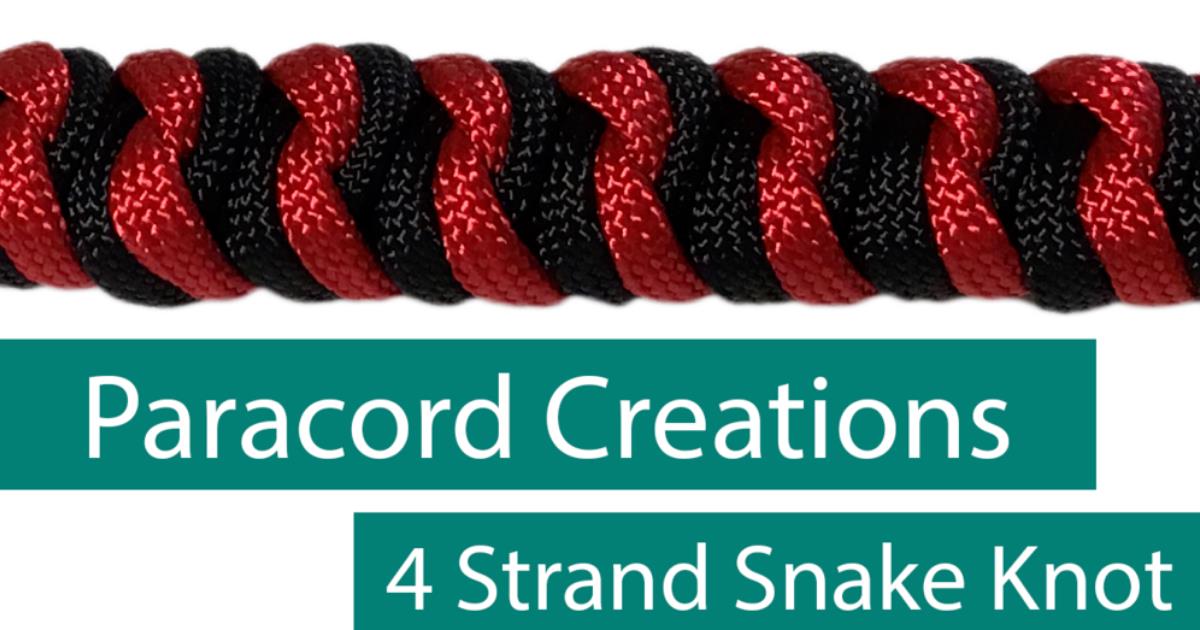
|
If you're looking for reliable and decorative paracord knots, then read on.
|
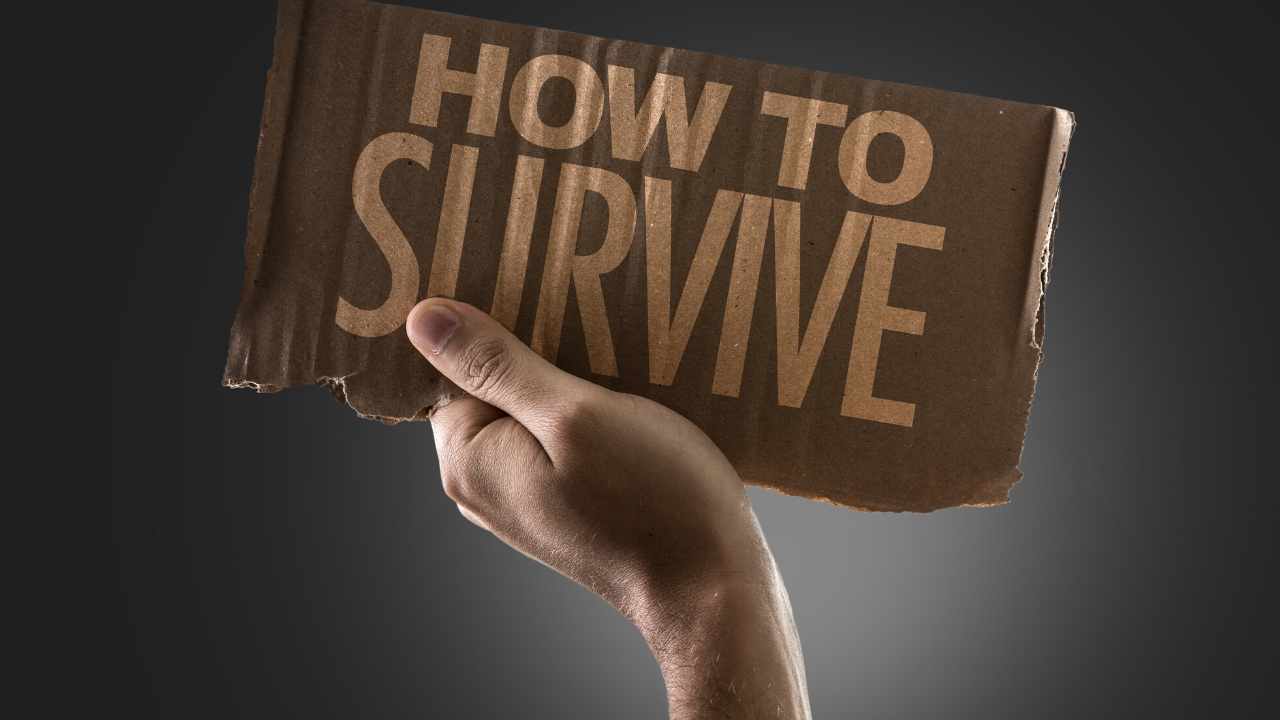
|
Have you ever found yourself in the middle of nature, surrounded by wilderness
|
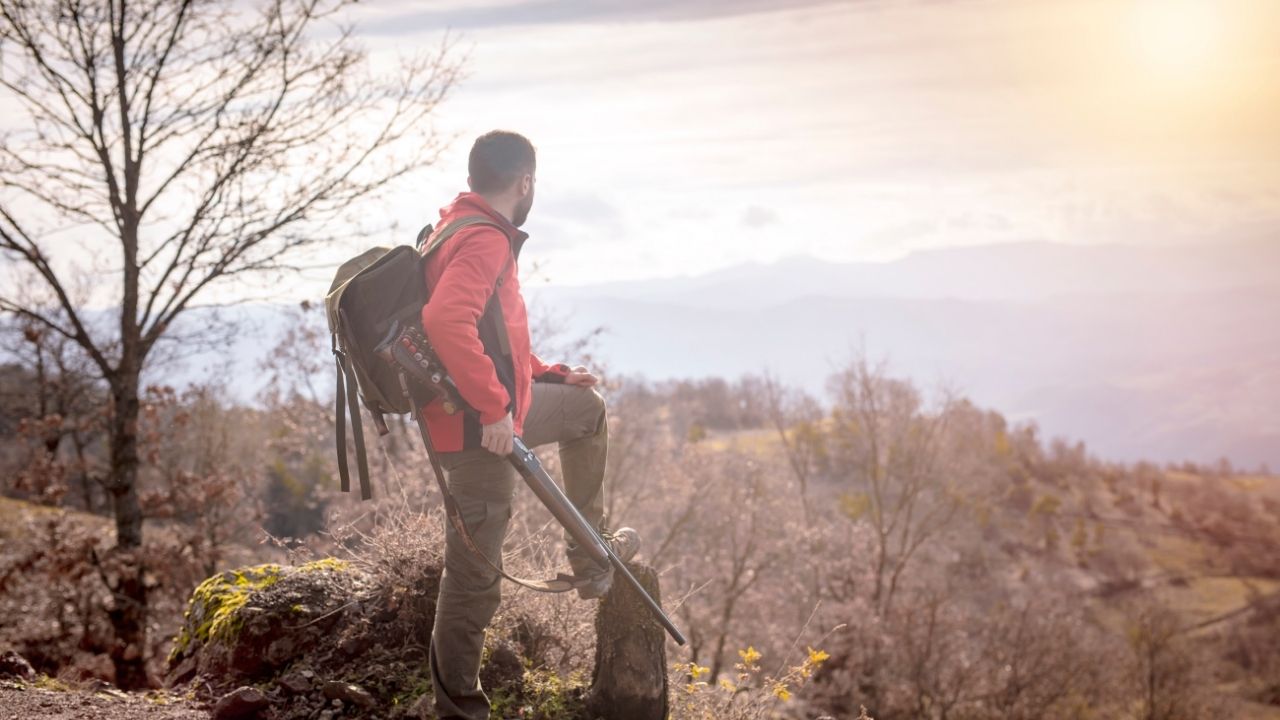
|
Hey there, fellow hunter! If you're out in the wild and trying to survive, you
|
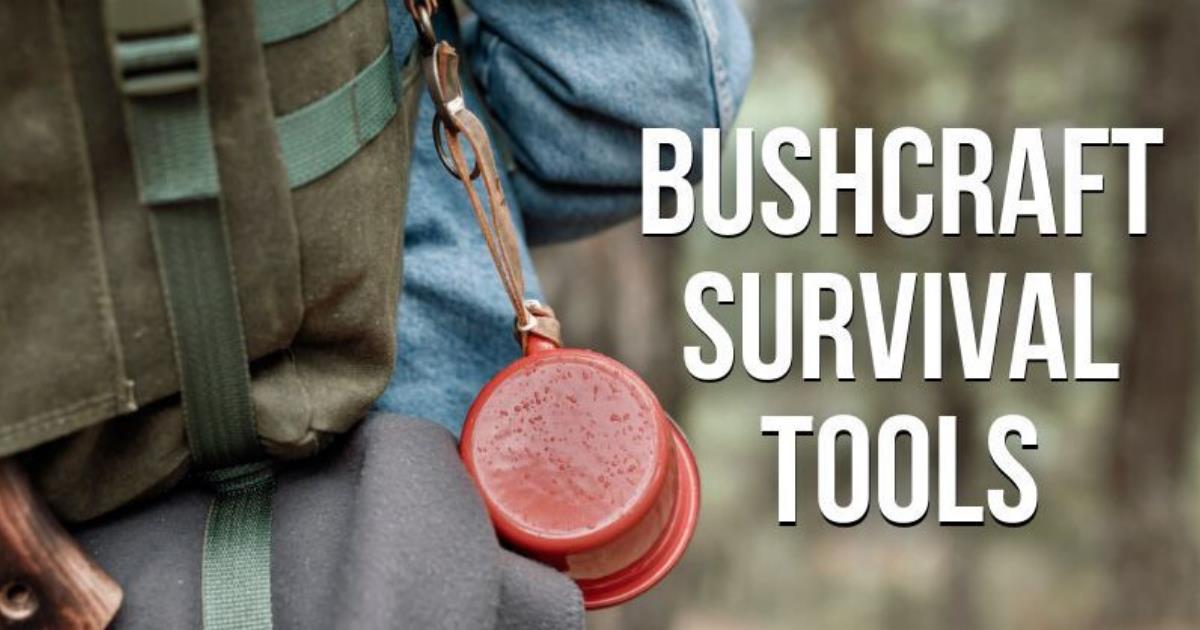
|
Bushcraft is an essential skill that every outdoorsman should have. It involves
|
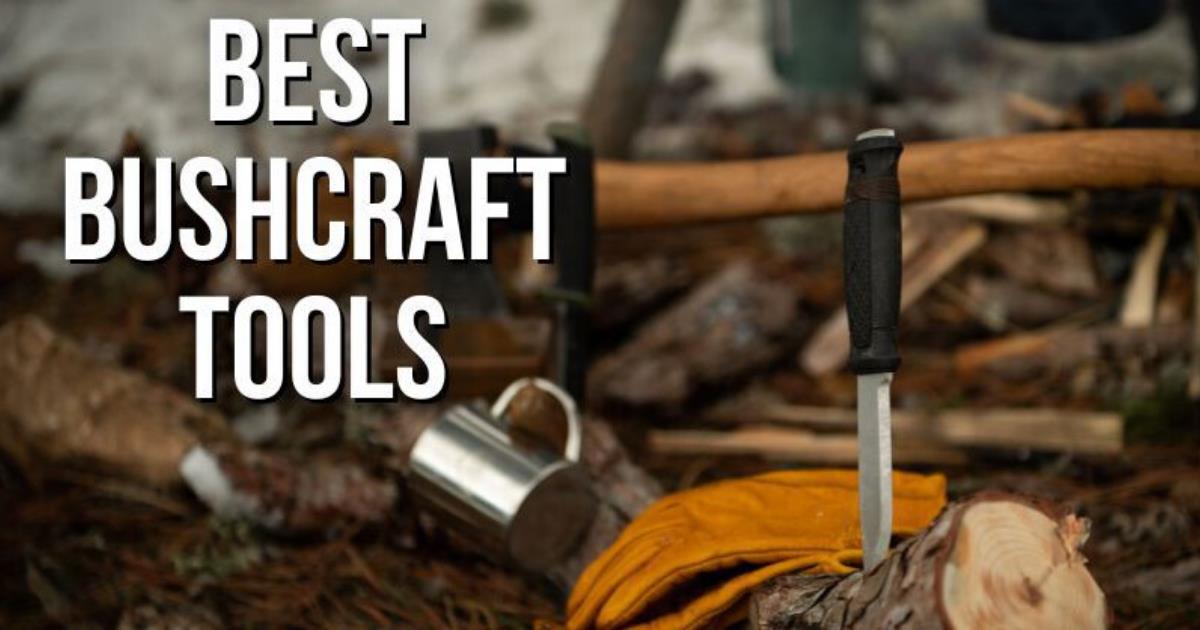
|
Bushcraft is an essential skill that every outdoorsman should have. It involves
|

|
Whether you own property or just rent, understanding your rights to a quiet
|

|
California is a state that is known for beautiful beaches and terrain, plenty
|

|
Catfishing: a security term most commonly used online when a bad actor
|
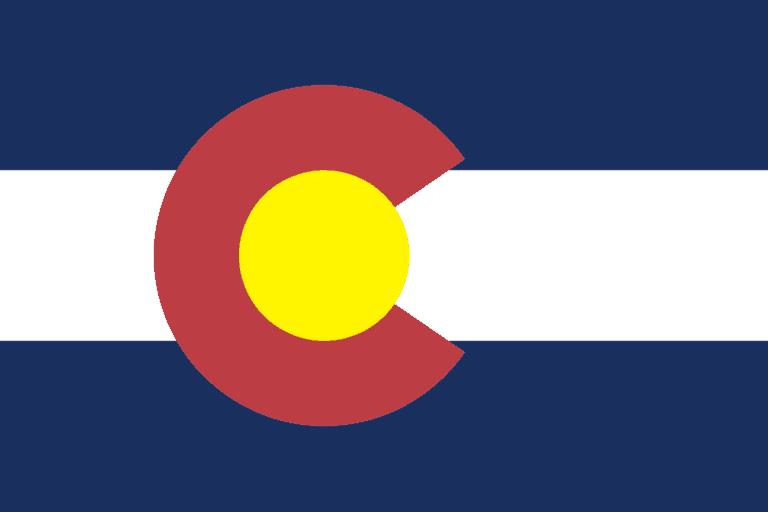
|
As a homesteader or prepper, you want to be prepared for anything and
|
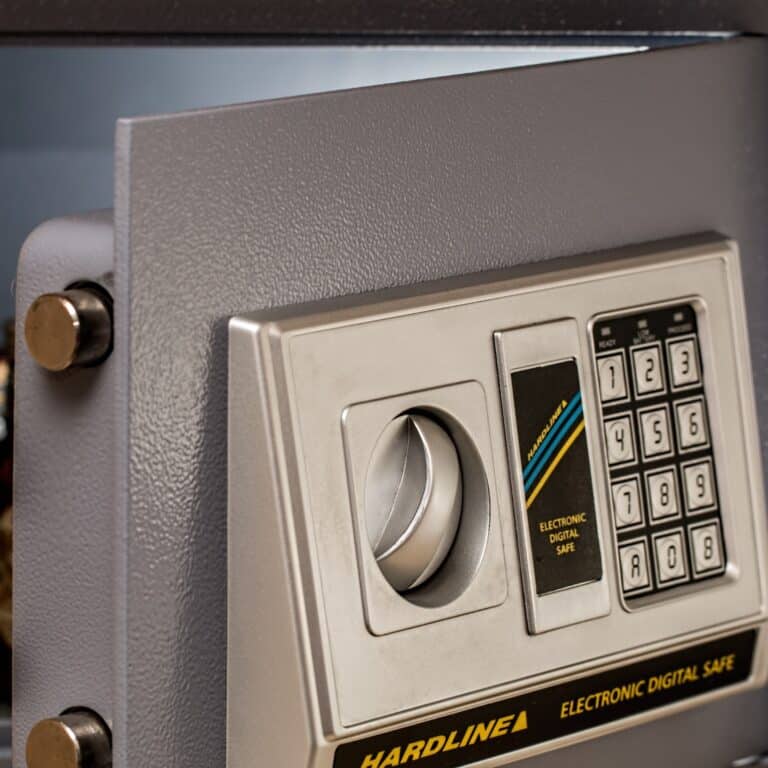
|
Pretty much everyone understands the fact that our valuables need protection.
|
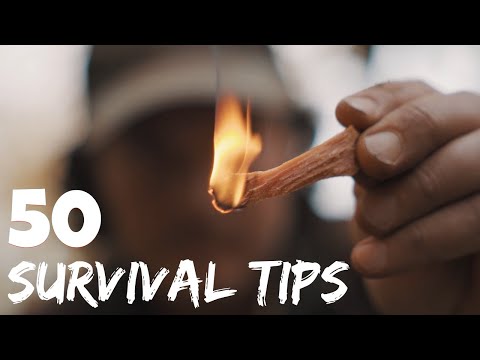
|
This wilderness survival video will give you plenty of tips for how to survive
|

|
For more than a decade, Aaron Fletcher has lived as a nomadic shepherd, mostly
|
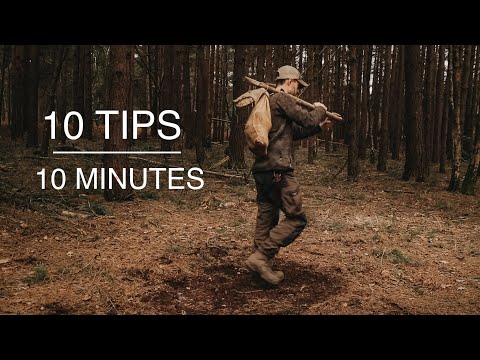
|
Here are 10 wilderness survival, bushcraft and camping tips in 10 minutes!
|
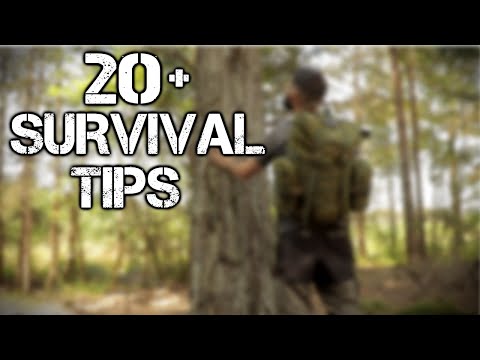
|
20 Wilderness Survival Tips & Bushcraft Skills. First 1,000 who click this
|
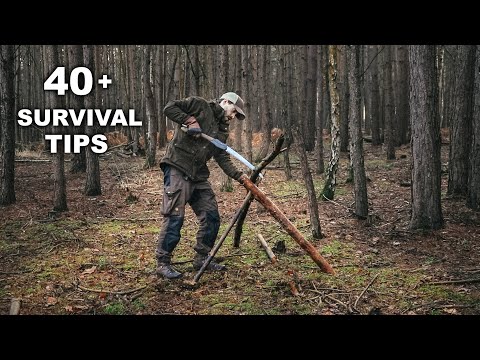
|
Here are over 40 wilderness survival tips and bushcraft skills that you can
|
2 Essential Bushcraft Tools for Every Outdoorsman

Bushcraft is an important capability for any sort of outdoors type. It entails using natural deposits to develop resources and also shelters, in addition to to find food items and water.
Having the appropriate bushcraft devices can make all the variation when you're out in the wilderness. Coming from blades and axes to saws and also fire beginners, these are the essential bushcraft resources that every outdoorsman need to invite their toolbox.
- Flashlight/Headlamp
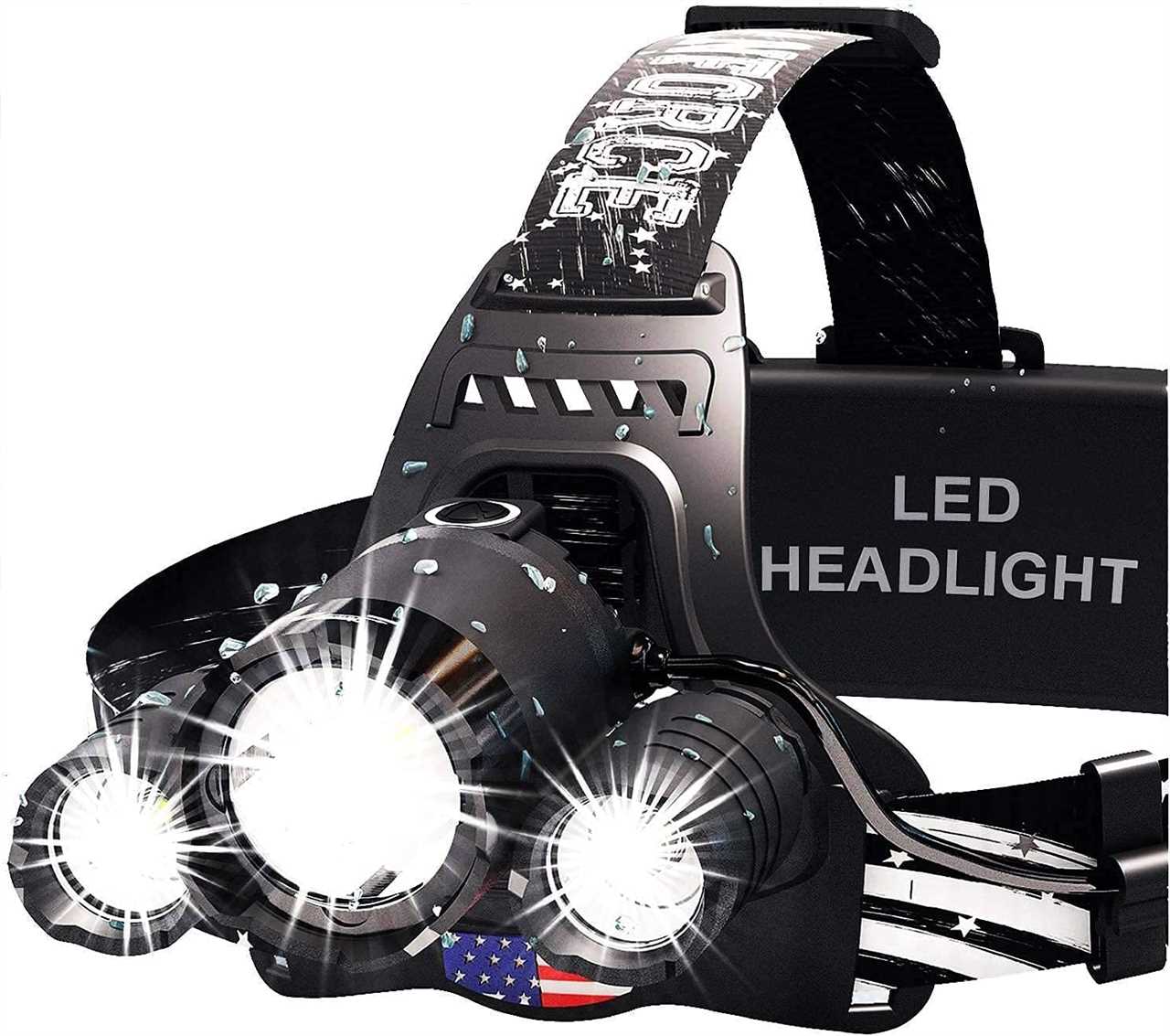
There aren’t always streetlights in the woods, so investing in an LED flashlight or headlamp will come in handy if you get lost at night or need an extra light source besides your campfire.
Headlamps are especially useful for bushcraft activities because the hands-free design allows you to use both hands when needed. They also come in either a single LED or multiple LED light source, so you can adjust it depending on what kind of activity you're performing. Typically headlamps will have adjustable straps so they fit comfortably on your head and also might have different modes to switch between, which can be helpful if go from a bright area to a dark area with ease.
Best Flashlights & Headlamps on Amazon
- Fire Starter Kit/Lighter/Matches
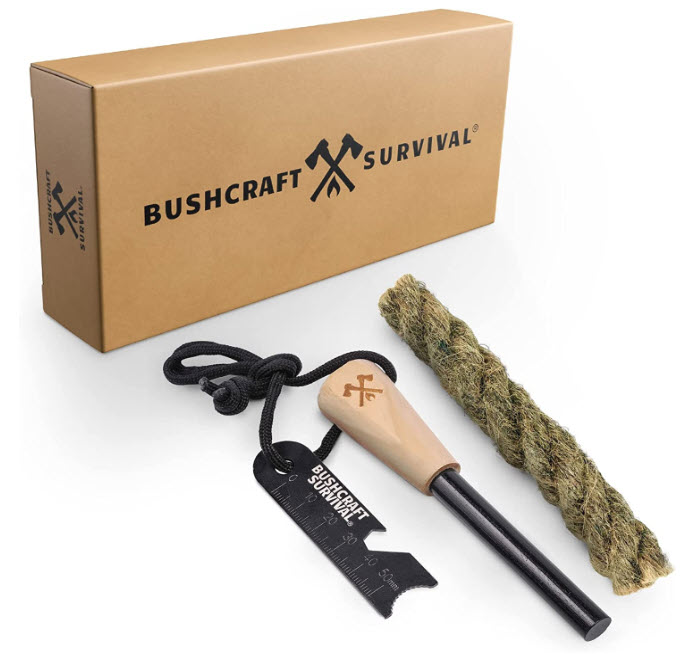
Firestarting is an invaluable skill for any outdoorsman - it keeps you warm, cooks your food, keeps predators away, boils water...the list goes on! Be sure to pack multiple solutions like matches, lighters, magnesium rods, or strikers; this way, you'll always have backup plans if one should fail while out in nature's wild clutches!
A fire starter kit is an essential tool for any bushcraft enthusiast. Investing in a good quality fire starter kit and learning how to use it properly will help you stay warm and cook food when away from civilization.
Best Fire Starter Kits on Amazon
Bushcraft isn't about relying solely on modern conveniences but rather learning how to utilize what nature has given us and utilizing whatever resources we have at our disposal. With these five essentials mentioned above, everyone from first-time campers to seasoned pros will be ready to tackle whatever nature throws their way during their next round of exploration into untouched woods!
These are just some essential items every bushcrafter should own! Investing in them will ensure success during your excursion into nature!
 What is BushcraftSurvival SkillsToolsVideosBushcraft CampsBushcraft KitsBushcraft ProjectsPrivacy PolicyTerms And Conditions
What is BushcraftSurvival SkillsToolsVideosBushcraft CampsBushcraft KitsBushcraft ProjectsPrivacy PolicyTerms And Conditions
